IT IS YOUR MONEY

Tokenizing the real world: The promises and perils of RWA in Hong Kong
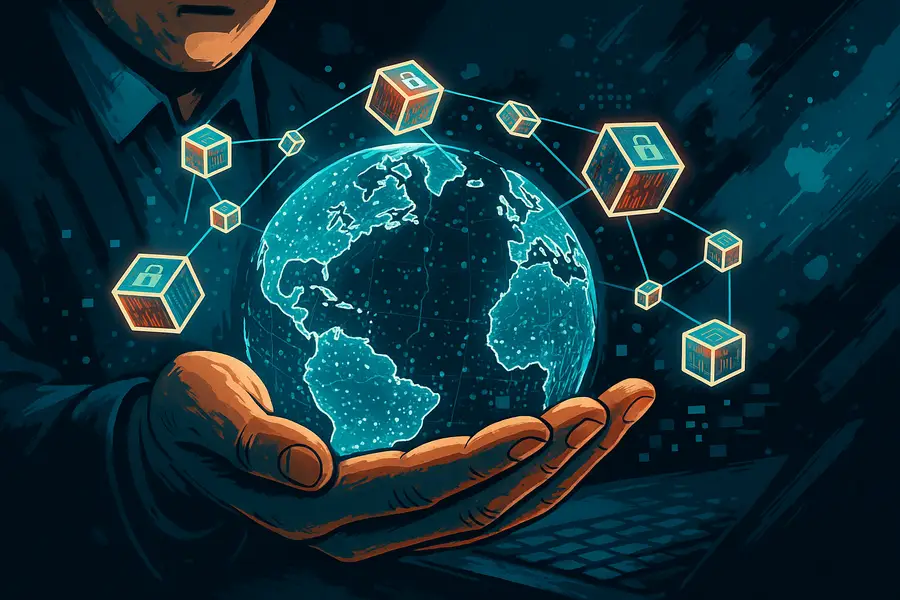
RWA refers to tangible, deliverable physical assets, like commodities, real estate, and commercial papers, that have been verified, digitized, and tokenized via blockchain technology. Unlike purely virtual assets, RWA enhances transparency, liquidity, and access to financing within the real economy. It bridges the gap between traditional finance and crypto markets, while offering investors exposure to assets with real-world value. The significance of the Stablecoin Bill for RWA

Stablecoins: Digital Cash for Global Payments
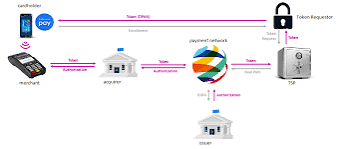
Stablecoins are digital currencies pegged to fiat assets like the U.S. dollar, offering the speed of crypto with price stability. Used for cross-border remittances, DeFi transactions, and institutional settlements, they bridge traditional and digital finance. With over $130 billion in circulation, major players like USDC, USDT, and emerging regulated issuers are reshaping how value moves globally. Their role in banking, trade, and everyday payments continues to expand rapidly.

Pioneering Real-World Asset Tokenization with Institutional Backing
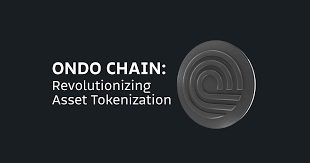
Ondo Finance is revolutionizing the financial landscape by pioneering real-world asset (RWA) tokenization. By integrating traditional financial instruments like U.S. Treasury bonds, stocks, and money market funds into blockchain technology, Ondo Finance bridges the gap between decentralized finance (DeFi) and traditional finance. This innovative approach enhances accessibility, unlocks new liquidity opportunities, and creates avenues for yield generation within the crypto
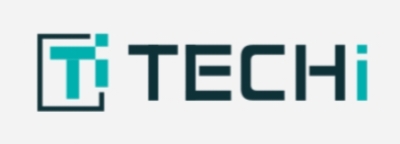
Stock Tokenization Gains Momentum as Wall Street and DeFi Blur the Lines
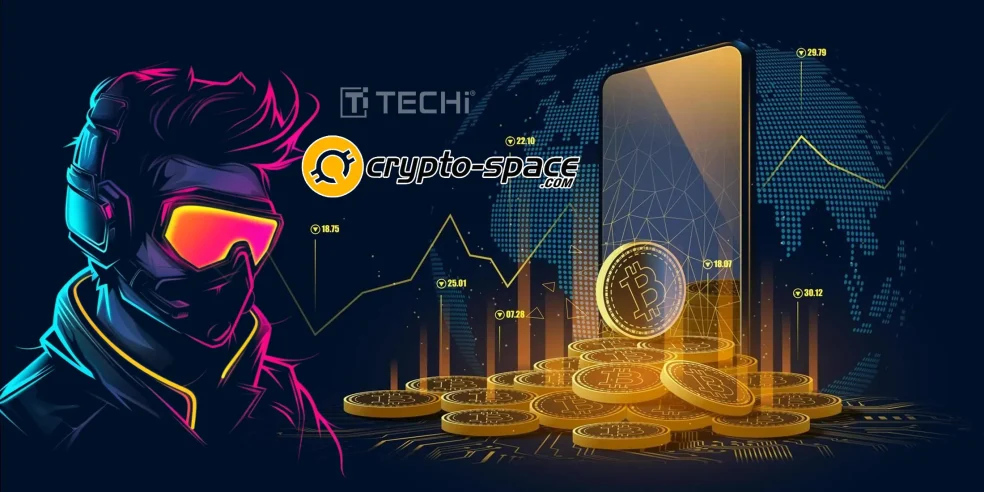
The once-clear boundary between Wall Street and the crypto ecosystem is quickly eroding. In 2025, major financial institutions are not only warming up to blockchain, they’re starting to embrace it. Citibank is reportedly exploring a stablecoin initiative. Bank of America is preparing digital asset pilot programs. And on the other side, Web3-native projects like Injective, Backed Finance, and xStocks are leading a new wave of “stock tokenization,” converting real-world equities

Central Bank Digital Currencies Explained
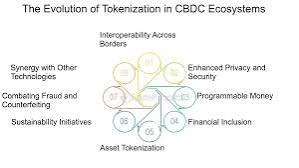
Central Bank Digital Currencies (CBDCs) are digital versions of national fiat money issued by central banks. Designed for secure, efficient payments, CBDCs aim to modernize monetary systems and enhance financial inclusion. Over 130 countries are exploring or piloting CBDCs, including China’s digital yuan and the ECB’s digital euro. This innovation could reshape how we use money.
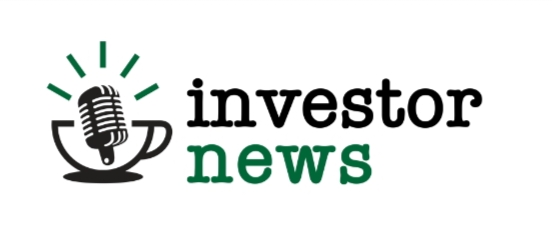
Every idea has its time – Crypto Capital is coming for commodities

Timing is everything. Being too early is often the same as being wrong. But now, tokenization and crypto-native capital are about to transform commodities — quietly and irreversibly. Nearly seven years ago, at an idea’s dinner in mid-town New York, a group of fund managers, family offices, entrepreneurs, analysts and executives attended dinner. The dinner was held in a banquet room off the main dinning-room of one of the top restaurants in Manhattan

MultiBank’s $10B Tokenization Platform
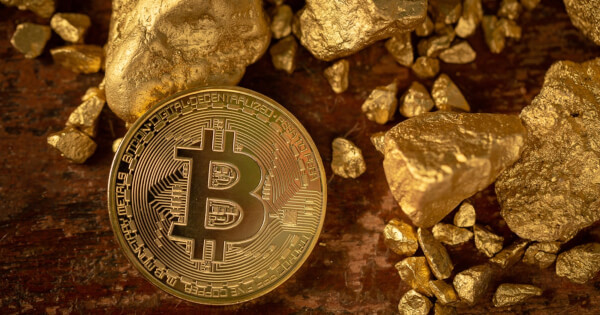
The cryptocurrency market is buzzing with excitement around $MBG, the token from MultiBank Group, following its strong performance post-launch. According to AltcoinGordon, a prominent crypto analyst on social media, $MBG continues to show resilience and potential for growth, backed by a massive $10 billion tokenization platform and various utilities integrated within the MultiBank ecosystem. This development is poised to drive

Tokenized Funds: ETFs on the Blockchain
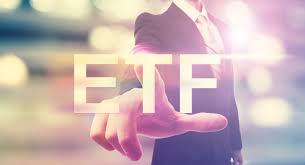
Tokenized funds are bringing ETFs and mutual funds onto the blockchain, enabling 24/7 trading, instant settlement, and fractional ownership. Asset managers like BlackRock and Fidelity are launching digital versions of traditional funds. This shift reduces costs, increases accessibility, and bridges traditional finance with decentralized markets. The future of fund investing is on-chain.

$250M Catalyst Fund To Accelerate RWA Tokenization
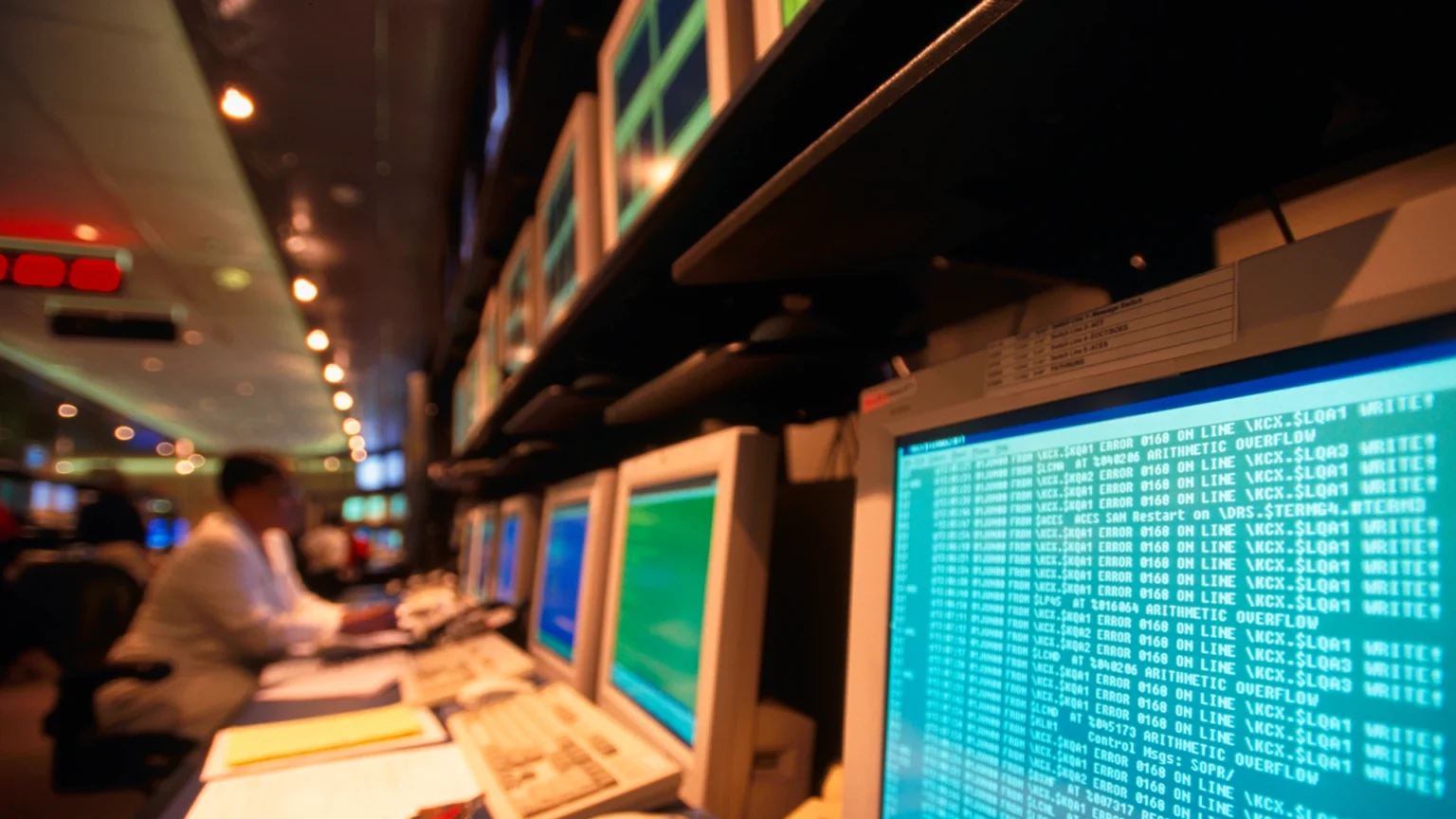
The Catalyst initiative targets projects building on-chain versions of familiar instruments, such as stocks, bonds, and ETFs. It focuses on infrastructure that enables round-the-clock automation, liquidity, and transparency. According to Ian De Bode, chief strategy officer at Ondo, the market is in the midst of an “arms race” as platforms race to tokenize financial products. That interest is becoming more tangible.

Kraken and Backed Expand Tokenized Stocks to BNB Chain as RWA Momentum Accelerates
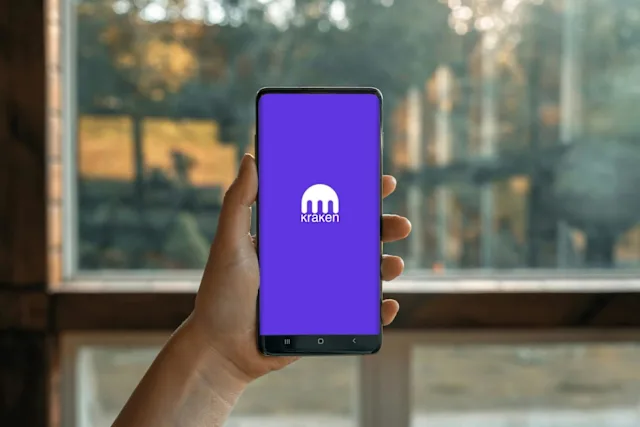
Crypto exchange Kraken and tokenized asset issuer Backed Finance are bringing tokenized equities to the BNB Chain (BNB), allowing trading with stocks like Apple and Nvidia around-the-clock on the network, the firms said on Wednesday. The move allows token versions of U.S. stocks such as Apple (AAPLx), Tesla (TSLAx) and S&P 500 ETF (SPYx) to be issued as BEP-20 tokens and accessible to users across BNB Chain’s ecosystem.

Luxury Goods Authentication via Blockchain
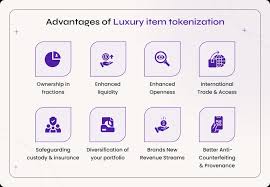
Luxury goods—from handbags to watches—are increasingly authenticated using blockchain to combat counterfeiting and ensure provenance. Each item receives a digital twin linked to its physical counterpart, enabling transparent ownership history and resale verification. Brands like LVMH, Richemont, and Aura Blockchain Consortium are leading this shift. This innovation strengthens consumer trust and unlocks new value in the secondhand market.

How Tokenized Stock is Reshaping Global Finance
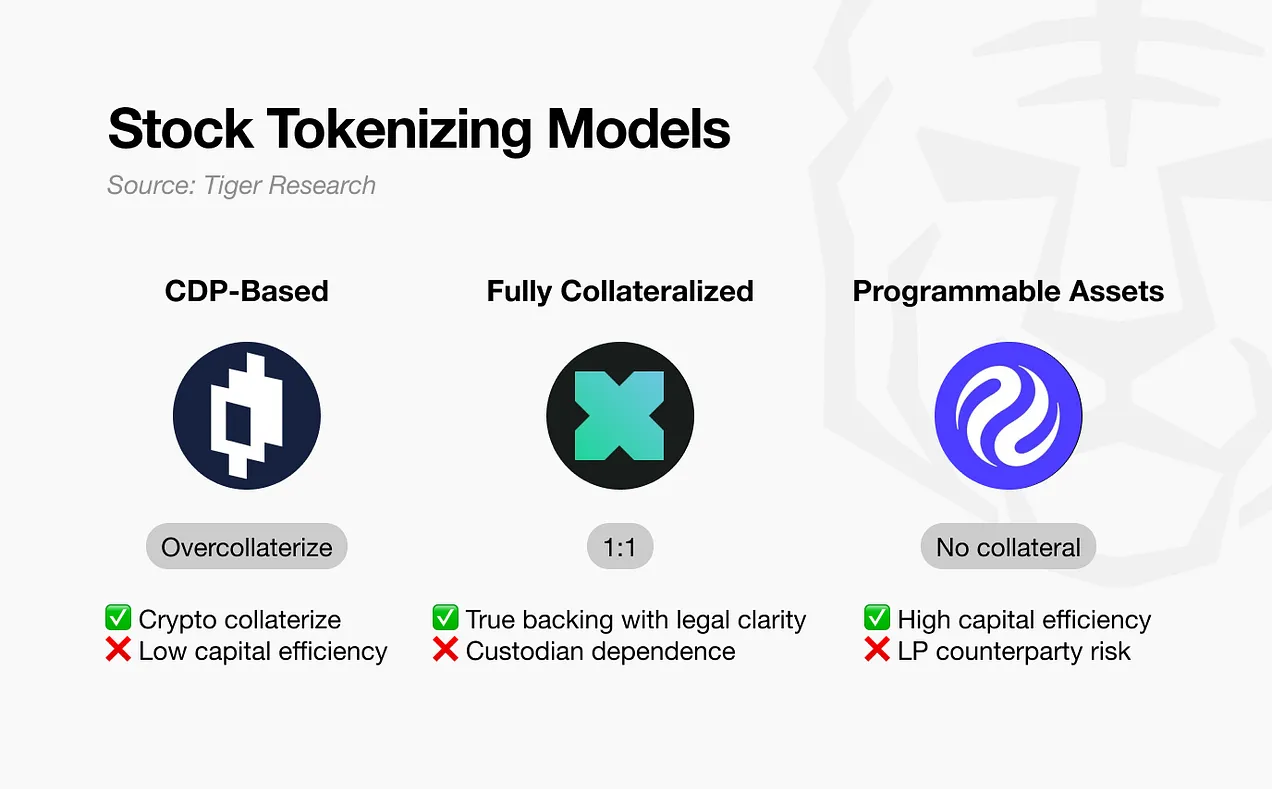
On one side, institutions like Citigroup and Bank of America are preparing to issue stablecoins. On the other, projects such as Injective and Backed Finance are tokenizing stocks like Apple and Tesla on blockchain networks. As traditional institutions adopt crypto and Web3 projects tokenize stocks, the boundary between the two sectors is steadily eroding. This convergence has accelerated following the U.S. "Crypto Week," a period of regulatory activity focused on digital assets.
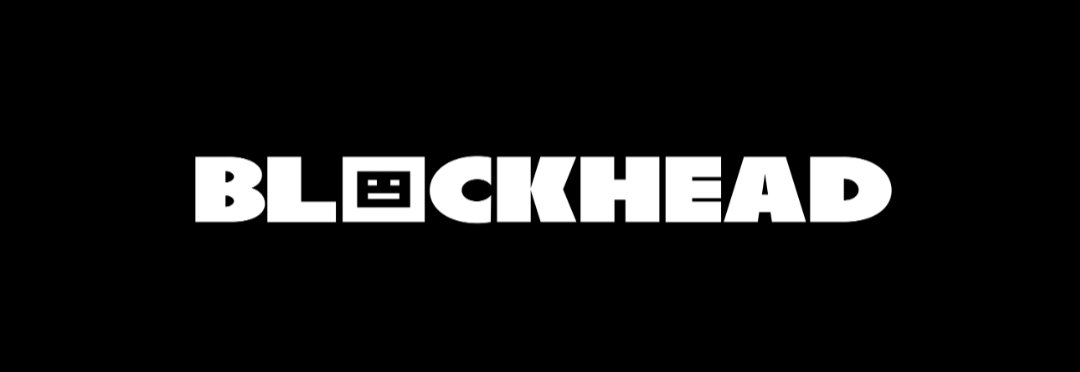
eToro Expands Trading Hours, Launches Tokenized Stock Initiative
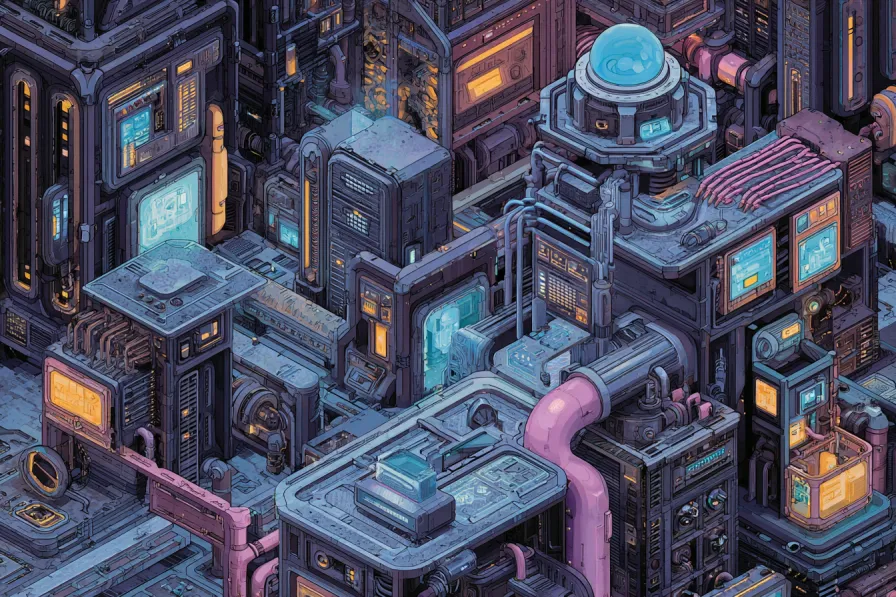
Trading platform eToro announced significant expansions to its product offerings during a global webinar on July 29, introducing extended trading hours and advancing its tokenization strategy with plans to launch US-listed stocks as blockchain tokens. The company will extend its 24/5 trading capabilities to include 100 of the most popular US-listed stocks and ETFs, allowing users to trade these securities as underlying assets around the clock except on weekends.

Intellectual Property as a Digital Asset Class
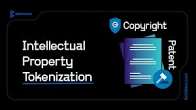
Intellectual property—patents, trademarks, copyrights—is being transformed into a tradable digital asset class through tokenization. Creators can monetize IP rights via blockchain, enabling fractional ownership and automated royalty distribution. From music to pharmaceuticals, this innovation unlocks liquidity and global access. Early adopters are redefining how innovation is funded and rewarded.

IONOS’ InternetX plans to tokenize 22M domains
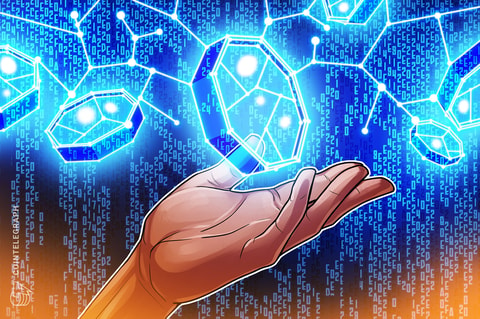
InternetX, a domain registrar under the IONOS hosting umbrella, plans to tokenize its entire portfolio of 22 million domains using D3’s Doma Protocol, potentially bringing traditional domains onchain.\r\n\r\nThe Doma Protocol is a DNS-compliant blockchain platform designed for domain finance. Through this partnership, InternetX will enable customers and partners to convert traditional domains into blockchain-based tokens, potentially unlocking use cases

Tokenized Real-World Assets USYC and cUSDO

"Our integration of tokenized real-world assets demonstrates our continued focus to enhance user experience on Binance. By supporting USYC and cUSDO on Binance Banking Triparty as well as through our custody partner Ceffu, we are offering our institutional clients more choices to optimize their capital efficiency while balancing risk control requirements," said Catherine Chen, Head of Binance VIP & Institutional. "Tokenization of real-world assets"

Tokenized Loans: DeFi Meets Traditional Credit

Tokenized loans are bridging decentralized finance and traditional credit by enabling on-chain lending backed by real-world assets. From business loans to mortgages, digital tokens represent debt obligations with automated repayments. Platforms like Maple Finance and Goldfinch are proving this model works at scale. This fusion enhances liquidity, transparency, and access to capital.

eToro plans to launch tokenized versions of listed equities
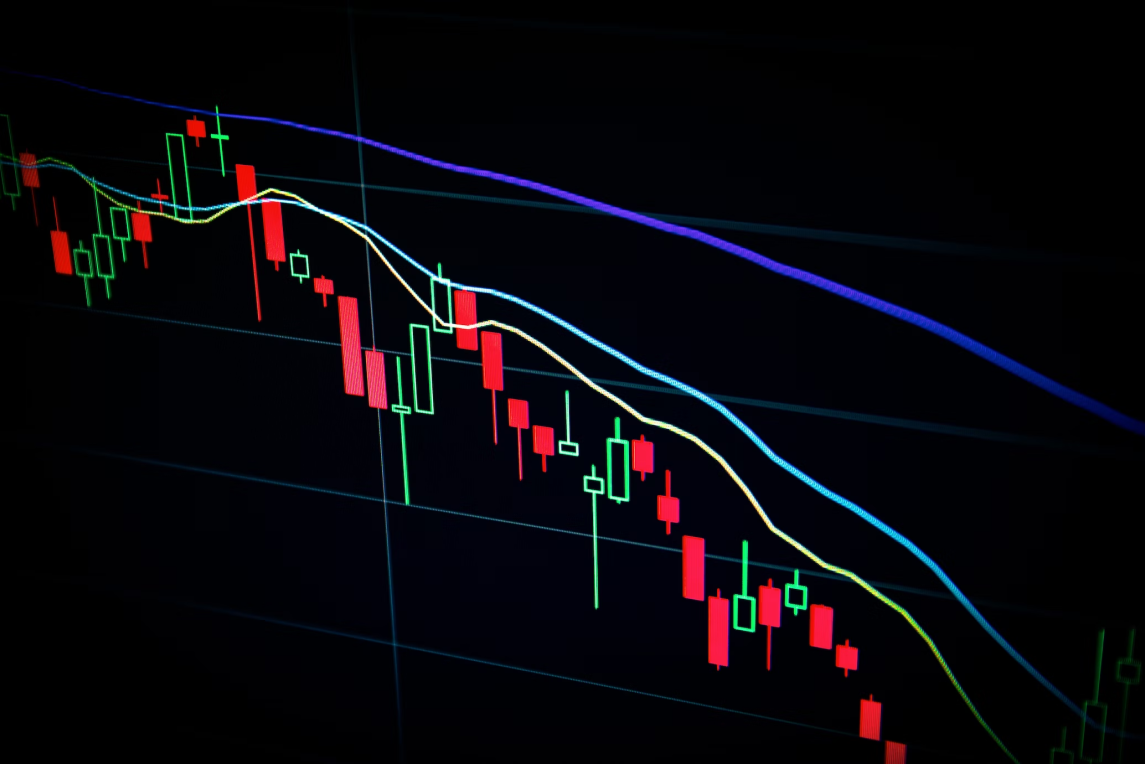
eToro’s plans have caught the attention of many because they extend the trading hours and also introduce tokenized U.S.-listed equities to new markets. The company’s co-founder and CEO, Yoni Assia, cited regulatory milestones including the MiCA in Europe and the recently passed Genius Act in the U.S., as playing a role in the launch as they “create a new opportunity to create digital assets that are legally backed and regulated.”

Tokenization to Include Silver, Platinum, and Palladium
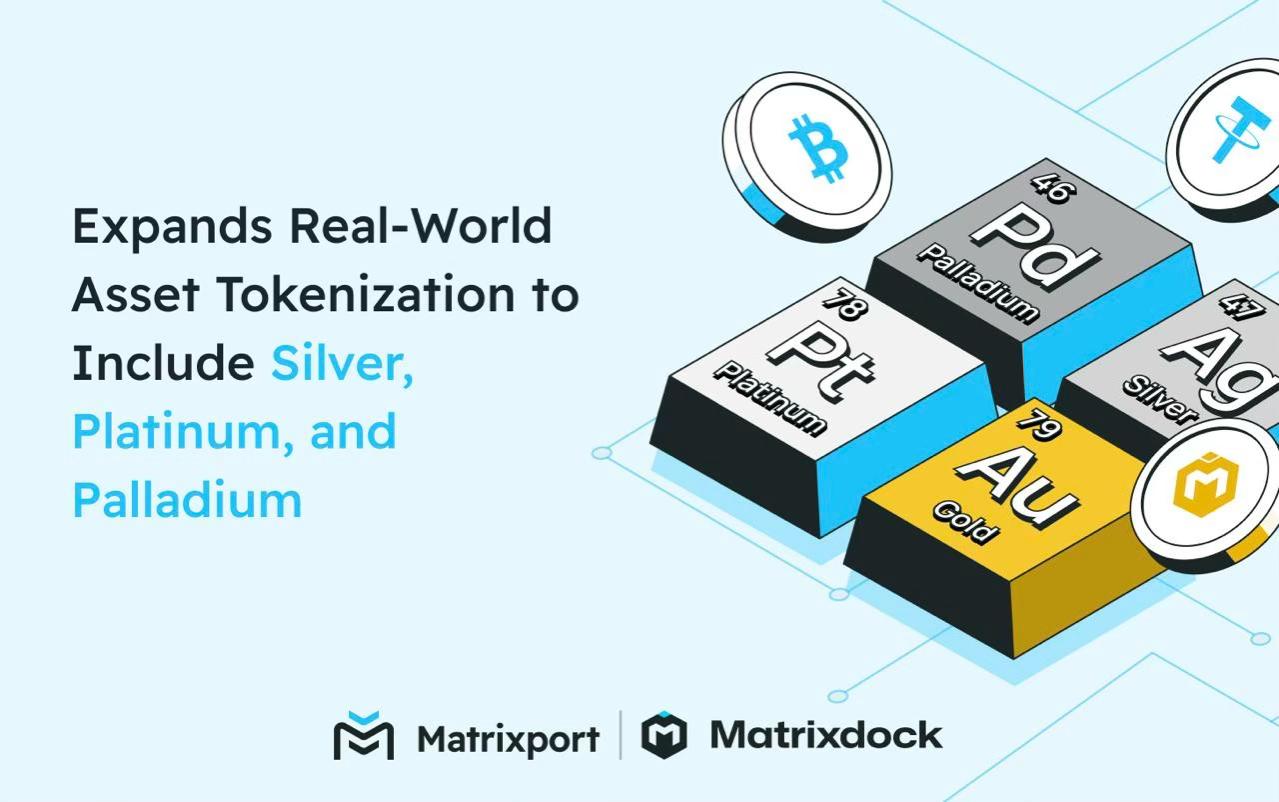
Amid rising global demand for alternative precious metals, Matrixdock, the real-world asset (RWA) tokenization platform under the Matrixport Group, announces its strategic plan to expand beyond gold by introducing tokenized silver, platinum, and palladium. Following the success of its flagship gold-backed token, XAUm.This expansion plan represents Matrixdock’s next step toward bringing a full suite of precious metals on-chain, broadening access

Renewable Energy Projects Go On-Chain
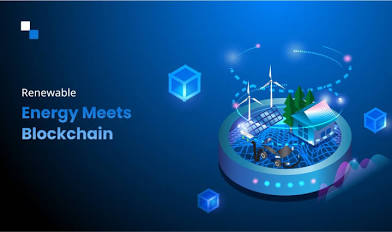
Renewable energy projects are now being tokenized, enabling transparent, fractional investment in solar farms, wind turbines, and green hydrogen facilities. Blockchain ensures traceability of energy production and automated distribution of returns. From Europe to Southeast Asia, governments and startups are leveraging digital assets to accelerate the clean energy transition. This innovation lowers capital barriers and aligns investor returns with environmental impact.
© 2025
